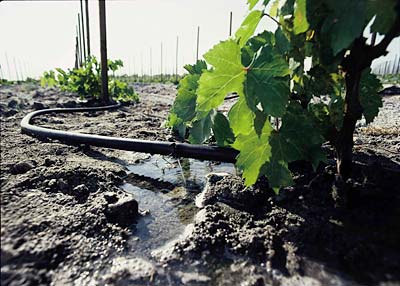The determination of water content is among the most commonly performed types of soil analysis. Soil water content affects many other soil properties and use of soil, so practically every type of soil study requires measurement of water content. Soil water content affects the growth of plants and soil organisms as well as soil strength, which in turn determines root growth and penetration.
A range of methods are available for measurement of soil water content, but they are not all equivalent or applicable in all situations. Traditionally, soil water content has been expressed as the ratio of the mass of water present in the sample to the mass of the sample after it has been dried at 105°C to a constant mass. The water content can also be expressed on a volumetric basis (volume of water per unit bulk volume of dry soil).
The gravimetric method is a direct measurement of the soil water content and despite some shortcomings, it is still commonly used to obtain an estimate of soil water content. “Indirect” methods of measuring soil water content relate some property of the soil to the water content. For example, time-domain reflectometry (TDR) is a newer method that is based on electromagnetic measurements. Indirect measurements may be advantageous because they can be done in the field and are non-destructive.
References and Resources:
- Topp, C.G., G.W. Parkin, and P.A. Ferre. 2008. Soil Water Content. p. 939-962. In Carter, M.R., and E.G. Gregorich (eds). Soil sampling and methods of analysis. 2nd ed. Canadian Society of Soil Science, CRC Press and Taylor & Francis Group. Oxford, UK.
- Topp, G.C., and P.A. Ferre. 2002. Water Content. p. 417-546. In J.H. Dane and G.C. Topp (ed.) Methods of soil analysis. Part 4. Physical methods. Soil Science Society of America. Book Series No. 5. SSSA, Madison, WI.

